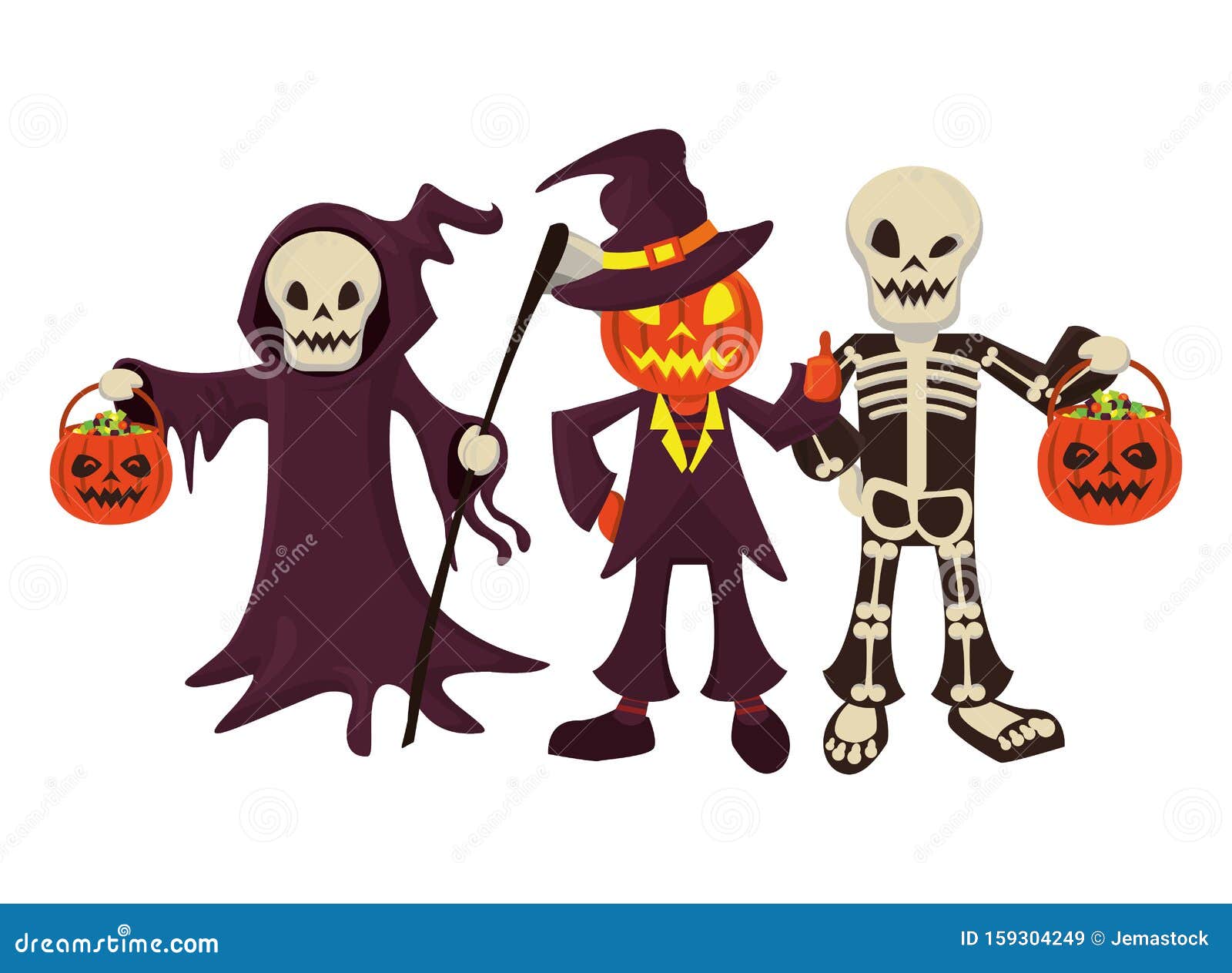Exploring The World Of Costumes From Characters: A Comprehensive Guide
Costumes from characters play a vital role in bringing stories to life, whether it's in movies, TV shows, theater performances, or even cosplay events. These costumes are more than just clothing; they are essential tools that help define personalities, express emotions, and transport audiences into different worlds. In this article, we will delve into the fascinating realm of character costumes, exploring their history, design process, cultural significance, and how they impact storytelling.
From the iconic red boots of Wonder Woman to the intricate armor of Darth Vader, character costumes have become symbols that resonate deeply with fans worldwide. They not only enhance visual storytelling but also serve as a bridge between the audience and the fictional universe. Understanding the craftsmanship behind these costumes can provide valuable insights into the creative process and its impact on media consumption.
This article aims to explore various aspects of costumes from characters, including their evolution, design principles, materials used, and their role in different forms of entertainment. Whether you're a costume enthusiast, a filmmaker, or simply someone who appreciates the artistry behind character design, this guide will offer a comprehensive overview of everything you need to know.
Read also:Selma Blair A Young Star Rising In The Spotlight
Table of Contents
- The Evolution of Costumes from Characters
- Understanding the Design Process
- Materials Used in Costume Creation
- Cultural Significance of Character Costumes
- Costumes in the Film Industry
- The Rise of Cosplay and Its Connection to Character Costumes
- Costumes in the Digital Age
- Iconic Costumes from Characters
- Challenges in Costume Design
- The Future of Character Costumes
The Evolution of Costumes from Characters
Costumes from characters have a long and storied history that dates back to ancient civilizations. Initially, they were used primarily in theater performances to signify roles and social status. Over time, as storytelling mediums evolved, so did the complexity and creativity of costumes. The introduction of films in the early 20th century marked a significant turning point, as filmmakers realized the potential of costumes to enhance narratives and define characters.
During the golden age of Hollywood, costume designers began experimenting with bold colors, intricate patterns, and luxurious fabrics to create memorable looks. This period saw the rise of legendary designers like Edith Head and Adrian, whose creations became synonymous with iconic characters. Today, costumes from characters continue to evolve, incorporating cutting-edge technology and innovative techniques to meet the demands of modern audiences.
Key Milestones in Costume Evolution
- 18th Century: Introduction of detailed costumes in European theater
- 1930s: Rise of Hollywood glamour and iconic character costumes
- 1980s: Integration of practical effects in superhero costumes
- 2000s: Advancements in digital technology and costume design
Understanding the Design Process
The creation of costumes from characters is a meticulous process that involves collaboration between costume designers, directors, actors, and other production staff. It begins with a thorough understanding of the character's personality, background, and role within the story. This information serves as the foundation for conceptualizing the costume's style, color palette, and overall aesthetic.
Once the initial design is sketched out, designers work closely with fabric experts and tailors to bring the vision to life. They consider factors such as durability, comfort, and practicality, especially for costumes used in action-packed scenes. The final product must not only look visually stunning but also function seamlessly within the context of the performance.
Steps in the Costume Design Process
- Research and Concept Development
- Sketching and Prototyping
- Material Selection and Fabric Testing
- Fitting and Adjustments
- Final Production and Implementation
Materials Used in Costume Creation
The choice of materials plays a crucial role in the creation of costumes from characters. Designers often use a combination of natural and synthetic fabrics to achieve the desired look and feel. Silk, velvet, and cotton are popular choices for their luxurious textures, while polyester and spandex provide flexibility and durability.
In addition to traditional fabrics, modern costume designers frequently incorporate advanced materials such as thermoplastics, foam, and even 3D-printed components. These innovations allow for greater creativity and functionality, enabling designers to create costumes that were once considered impossible.
Read also:Andy Gibbs Last Photo A Heartfelt Tribute To A Legendary Music Icon
Cultural Significance of Character Costumes
Costumes from characters often reflect the cultural and societal norms of their time. For instance, the elaborate gowns worn by period drama characters provide a glimpse into the fashion trends of specific historical eras. Similarly, costumes from science fiction and fantasy genres often inspire real-world fashion, blurring the lines between fiction and reality.
Moreover, character costumes can serve as powerful symbols of identity and representation. They offer opportunities for marginalized communities to see themselves reflected in popular media, fostering a sense of belonging and empowerment. This cultural significance makes costume design an integral part of the entertainment industry.
Costumes in the Film Industry
In the film industry, costumes from characters are essential elements that contribute to the overall storytelling experience. They help establish the setting, convey the mood, and enhance character development. Iconic films like "Star Wars," "The Lord of the Rings," and "Black Panther" have all featured groundbreaking costumes that have left a lasting impact on audiences.
Award-winning costume designers such as Ruth E. Carter and Colleen Atwood have revolutionized the field, earning accolades for their innovative designs. Their work highlights the importance of costumes in elevating the visual quality of films and creating memorable cinematic experiences.
Notable Costume Designers in the Film Industry
- Ruth E. Carter - "Black Panther," "Malcolm X"
- Colleen Atwood - "Alice in Wonderland," "Fantastic Beasts"
- Judyanna Elder - "Blade Runner," "The Last Emperor"
The Rise of Cosplay and Its Connection to Character Costumes
Cosplay, or costume play, has become a global phenomenon, with fans recreating their favorite costumes from characters in various forms of media. This hobby allows individuals to express their creativity and passion for fictional universes while fostering a sense of community. Many cosplayers invest significant time and resources into crafting accurate replicas of their chosen costumes, often collaborating with other enthusiasts to improve their skills.
The popularity of cosplay has also influenced the commercial production of character costumes, with companies offering licensed merchandise to meet the growing demand. This symbiotic relationship between fans and the entertainment industry highlights the enduring appeal of costumes from characters.
Costumes in the Digital Age
With the advent of digital technology, the creation of costumes from characters has entered a new era. Virtual reality, augmented reality, and motion capture systems have expanded the possibilities for costume design, enabling designers to experiment with previously unattainable concepts. These advancements have also facilitated the development of interactive experiences, allowing audiences to engage with costumes in immersive ways.
Furthermore, digital tools have streamlined the design process, making it easier for creators to visualize and modify their ideas before moving on to physical production. This efficiency has led to more innovative and ambitious projects, pushing the boundaries of what is possible in costume design.
Iconic Costumes from Characters
Throughout history, certain costumes from characters have achieved iconic status, becoming synonymous with their respective franchises. Examples include Batman's Batsuit, Harry Potter's Hogwarts uniform, and Wonder Woman's golden armor. These costumes have captured the imagination of audiences worldwide, transcending the boundaries of their original media.
What sets these costumes apart is their ability to evoke strong emotions and associations, often encapsulating the essence of the characters they represent. They serve as visual shorthand, instantly communicating key aspects of personality, values, and identity.
Top 5 Iconic Costumes from Characters
- Batman's Batsuit
- Harry Potter's Hogwarts Uniform
- Wonder Woman's Golden Armor
- Iron Man's Arc Reactor Suit
- Eliza Doolittle's Ascot Gown
Challenges in Costume Design
Despite its creative potential, costume design for characters presents several challenges. Budget constraints, tight production schedules, and logistical considerations can all impact the quality and scope of a project. Additionally, designers must balance artistic expression with practical concerns, ensuring that costumes are both visually appealing and functional.
Another challenge lies in staying true to the character's essence while incorporating contemporary trends and technologies. This requires a deep understanding of both the source material and the target audience, as well as the ability to adapt to changing industry standards.
The Future of Character Costumes
As technology continues to advance, the future of costumes from characters looks promising. Innovations in materials science, digital design, and manufacturing processes will likely lead to even more impressive creations. The integration of smart textiles and wearable technology could result in interactive costumes that respond to environmental stimuli or user input, offering new levels of engagement for audiences.
Furthermore, the growing emphasis on sustainability and ethical production practices may influence the materials and methods used in costume creation. This shift could lead to a more responsible and environmentally conscious approach to designing costumes from characters, aligning with the values of modern consumers.
Conclusion
Costumes from characters are an integral part of storytelling, enhancing narratives and creating lasting impressions on audiences. From their humble beginnings in theater to their current role in blockbuster films and cosplay culture, these costumes have evolved significantly over time. By exploring their history, design process, cultural impact, and future possibilities, we gain a deeper appreciation for the artistry and craftsmanship involved in bringing characters to life.
We invite you to share your thoughts and experiences with character costumes in the comments below. Do you have a favorite costume that has inspired you? Are you a cosplayer looking for tips and resources? Let us know, and don't forget to explore our other articles for more fascinating insights into the world of entertainment!
Data Source: Academy of Motion Picture Arts and Sciences, Costume Designers Guild


